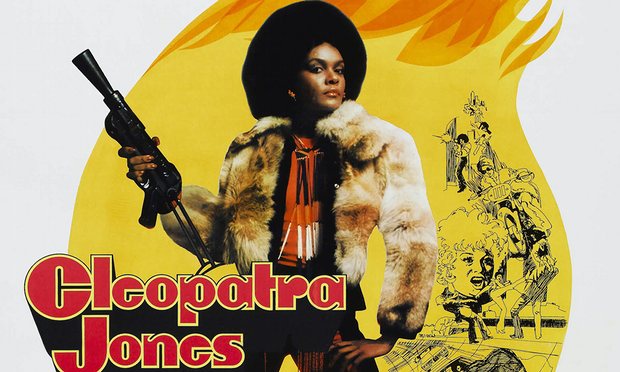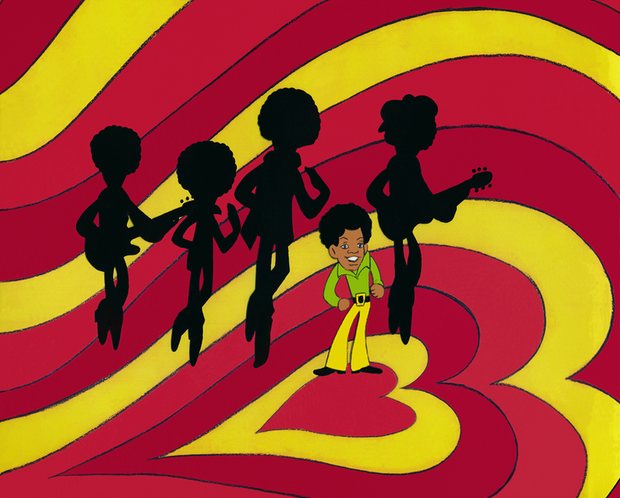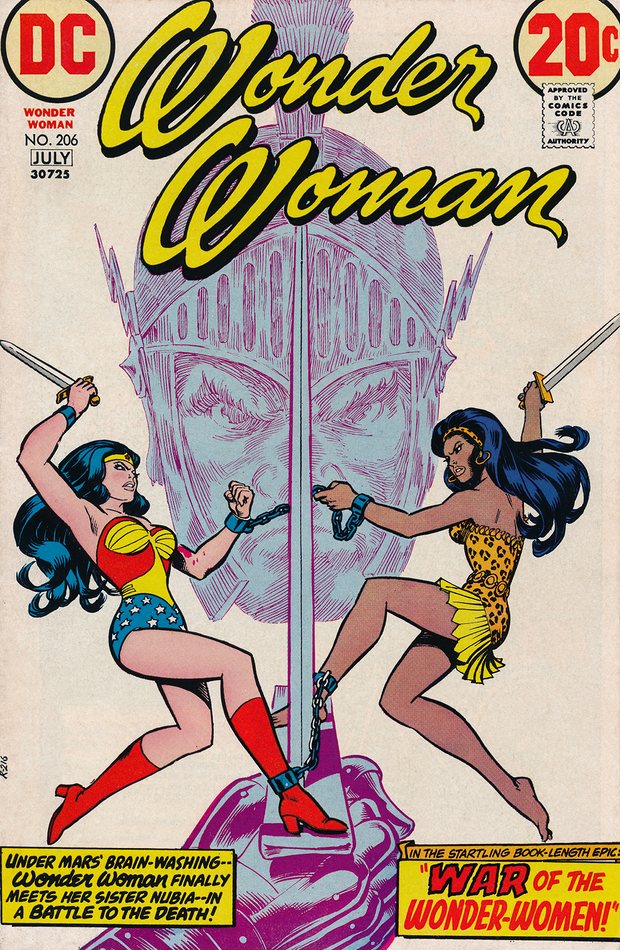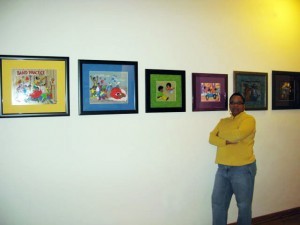It’s free, open 24/7 and contains a magnificent archive of African American culture ranging from afros to blaxploitation movies. Is the Museum of Uncut Funk a step ahead of the new Smithsonian?

An invitation to check out “the most happening thing in town next to George Clinton” is not apt to go unanswered by anyone whose sense of funk is intact. Factor in that you can visit anytime, admission is free and you won’t be turned away if you show up late or with an un-funky companion, and the prospect becomes still more irresistible. At least that is the hope of Pamela Thomas and Loreen Williamson, co-founders of the Museum of Uncut Funk and the issuers of that public invitation.
“More established museums are ramping up their online presence. We’re groundbreaking in that we’re one step ahead of them,” says Thomas, AKA Sista ToFunky, of her museum, which is not a brick-and-mortar establishment but an internet outpost for all things retro, black and funky. “We’re always here, and we’re always funky, 24 hours a day, seven days a week.”
Thomas and Williamson launched their museum of 70s-era black cultural artifacts like Fat Albert and the Cosby Kids cartoon cels and blaxploitation movie posters in 2007 from somewhere in New Jersey. Where, exactly, is undisclosed because of the value of the stuff they exhibit, which lives with them. To date, they’ve shown hundreds of objects in more than 20 distinct online exhibitions. Standouts include a new When We Were Colored show, about vintage black glamour; a black Barbie exhibition; the Friday Foster Chronicles, a comic journey with a forgotten soul sister who was the second black female character to have her own comic strip; and The ’Fro Back Exhibition, in which the co-curators offer a tour of the funky hairstyle by way of an Afro Sheen commercial, an interview with the first New York news anchor to wear an afro and a slideshow featuring ’fros on everyone from Jesse Jackson to Jimi Hendrix. Titles and text panels accompany every exhibition, just as they would at a traditional museum.

“If you’re really stuck in the 70s and you just want to be somewhere you can put a pik in your hair and feel at home, we’ve got your back,” says Williamson. But serious students of black culture are also among the 40,000 visitors the museum generally attracts each month. Their interest might gravitate from a 1975 window card for Broadway’s The Wiz to a movie poster for Blacula, a 1972 blaxploitation horror film. The museum is also part of the Google Cultural Institute, a not-for-profit initiative that partners with major cultural organizations like MoMA and the Tate Modern to bring the world’s cultural heritage online.
“A big part of what we do is cartoons. And cartoons are supposed to be fun,” says Thomas. But she adds they’re also historically important. “The cartoons we collect are the first positive black characters ever to be shown in animated form. There was this evolution that happened, from these awful pre-1970s depictions of black characters, these old negative stereotypes, to real depictions of black people with real lives, real dialect and real humanity.
“I always think about black children who grew up before the 70s – what kind of psychological effect did it have on them, seeing themselves depicted in such a derogatory way? In the 70s, when I was a kid sitting in front of my TV with my bowl of cereal on Saturday mornings watching The Jackson 5, the characters were relatable. It was a total revolution.”

You can read the rest of this very funky article written by Tammy La Gorce (@TammyNiceword) at The Guardian. The Museum Of UnCut Funk would like to thank Tammy for keeping in touch and thinking of us for her first article with The Guardian. It’s nice to have funky friends of the museum in funky places!!!




0 Comments